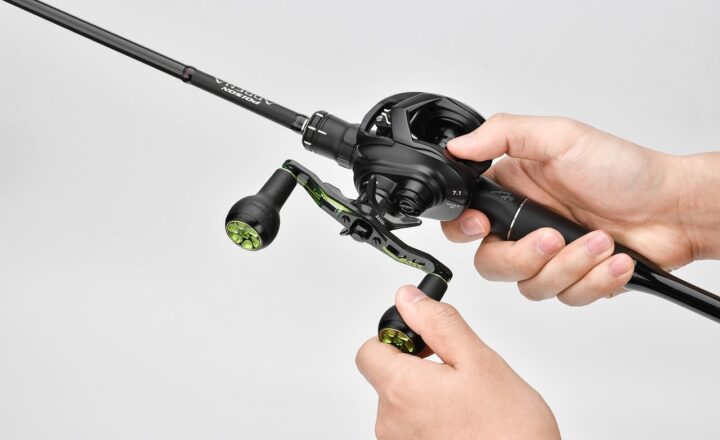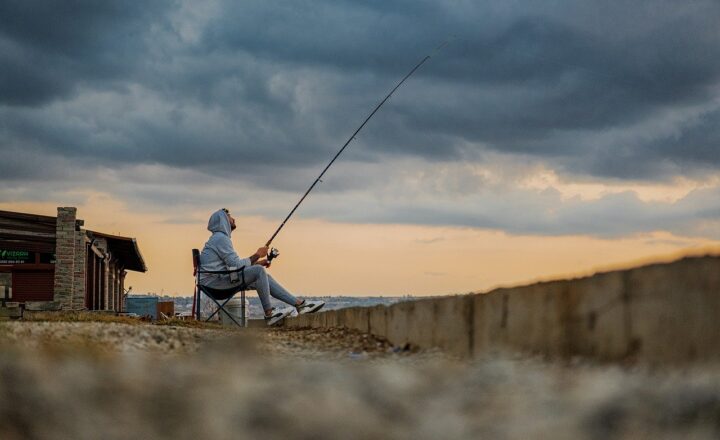The Most Ingenious Ways Fishermen Catch Fish in Remote Parts of the World
November 12, 2024

Fishing, an age-old practice that dates back thousands of years, has evolved into a sophisticated art form in many remote parts of the world. The ingenuity of local fishermen highlights their deep understanding of marine ecosystems, traditions, and innovative technologies tailored to their unique environments. In this article, we will explore the most ingenious methods fishermen use to catch fish in various remote regions around the globe, showcasing techniques that are as fascinating as they are effective.
1. Traditional Fishing Techniques: A Connection to Heritage
Many indigenous communities have developed traditional fishing methods that reflect their cultural heritage and relationship with nature. These techniques often utilize local materials and knowledge passed down through generations.
1.1 Fish Weirs
Fish weirs are barrier-like structures built in rivers and streams, designed to funnel fish into a confined area where they can be easily caught. These ancient structures have been used by various cultures worldwide, from the Native Americans in North America to the Māori in New Zealand.
The design and materials vary based on local resources, but the concept remains the same: guiding fish toward a predictable location using barriers, nets, or traps. Some weirs are constructed with stones and logs, while others may involve intricate woven baskets or nets.
1.2 Spearfishing
Spearfishing is a technique that involves using a spear or a spear gun to catch fish. In many remote communities, fishermen often dive into the water to hunt for their catch. They rely on their ability to hold their breath and move silently to approach fish, making it an exhilarating and challenging method of fishing.
In places like the Pacific Islands, fishermen use finely crafted wooden spears, while in Asia, they might employ more modern spear guns. The technique allows for selective fishing, as spearfishers can target specific species while minimizing bycatch.
2. Modern Innovations: Blending Tradition with Technology
While many traditional methods remain effective, modern fishing often occurs in combination with innovative technologies that enhance efficiency and sustainability.
2.1 Underwater Drones
In some remote coastal fishing communities, underwater drones have started to become popular tools. These drones enable fishermen to scout the sea floor, monitor fish populations, and assess underwater conditions without disturbing the marine ecosystem.
Fishermen can analyze drone footage to determine where fish are schooling and which areas are best for fishing. This technique not only boosts efficiency but also helps in conserving local fish stocks by providing data that can inform sustainable fishing practices.
2.2 Sonar Technology
Another technological advancement is sonar fishing, which utilizes sound waves to detect fish underwater. Fishermen use sonar equipment to locate fish schools, scan the seafloor, and map the underwater environment. This method has become invaluable for fishermen in remote areas, as it significantly increases the likelihood of a successful catch.
In places like Japan, traditional fishermen are beginning to incorporate sonar devices into their fishing routines, blending age-old practices with modern technology to remain competitive and sustainable.
3. Unique Fishing Methods from Around the World
Every culture has developed specific fishing techniques unique to their local environment and the species of fish available. Here are some remarkable methods from around the globe:
3.1 The Amazonians: Using Poisoned Arrows
In parts of the Amazon Basin, indigenous tribes have utilized a method of fishing that involves using poisoned arrows. The toxins from native plants are carefully prepared and then applied to spears or arrows, which are then shot into the water. The poison affects the fish, rendering them incapacitated and allowing fishermen to collect them easily.
This technique demonstrates a profound understanding of local flora and fauna and has been practiced sustainably for generations, ensuring the health of aquatic ecosystems.
3.2 Ice Fishing in the Arctic
In the Arctic regions, ice fishing is a vital method for survival during the long, harsh winters. Fishermen carve holes into the frozen surface of lakes and rivers and use specialized ice fishing rods or nets to catch fish such as trout and pike.
Some indigenous communities use traditional tents to shelter from the cold while fishing, turning it into a social event where families gather to fish and share stories, reinforcing bonds and cultural practices.
4. Community-Based Fishing Practices
In many remote fishing communities, cooperation among local fishermen is crucial for sustaining their livelihoods and the marine environment. By working together, communities can manage their resources more effectively and ensure their long-term viability.
4.1 Fish Reserves and Seasonal Fishing Rules
Numerous coastal communities have established fish reserves where fishing is restricted during certain periods of the year to allow fish populations to recover. These seasonal fishing rules are based on local knowledge of fish behavior and reproductive cycles and have proven beneficial in maintaining healthy fish stocks.
For instance, in some Caribbean nations, fishermen adhere to specified open and closed fishing seasons, which help manage fish populations sustainably while allowing communities to benefit from fishing in the long run.
4.2 Fair Trade Fishing Initiatives
Fair trade initiatives in remote fishing communities focus on creating equitable fishing practices that benefit local fishermen rather than larger corporate interests. These initiatives prioritize sustainability and community development, ensuring that fishermen receive fair compensation for their catch.
Through these practices, communities can maintain their autonomy and promote sustainable fishing methods that respect fish populations and habitats, ensuring a balanced ecosystem.
5. Conclusion: A Testament to Innovation and Tradition
The various and ingenious ways fishermen catch fish in remote parts of the world reflect a rich tapestry of cultural knowledge, innovation, and respect for nature. As societies continue to evolve and adapt to new challenges, these fishing practices remind us of our enduring connection to the environment and the importance of sustainability.
By understanding and appreciating these methods, we can better support the communities that rely on fishing for their livelihoods and advocate for sustainable policies that protect our oceans and waterways. The intricate balance between tradition and technology in fishing is not just fascinating; it holds the key to a sustainable future for both fishermen and the marine life they depend on.








